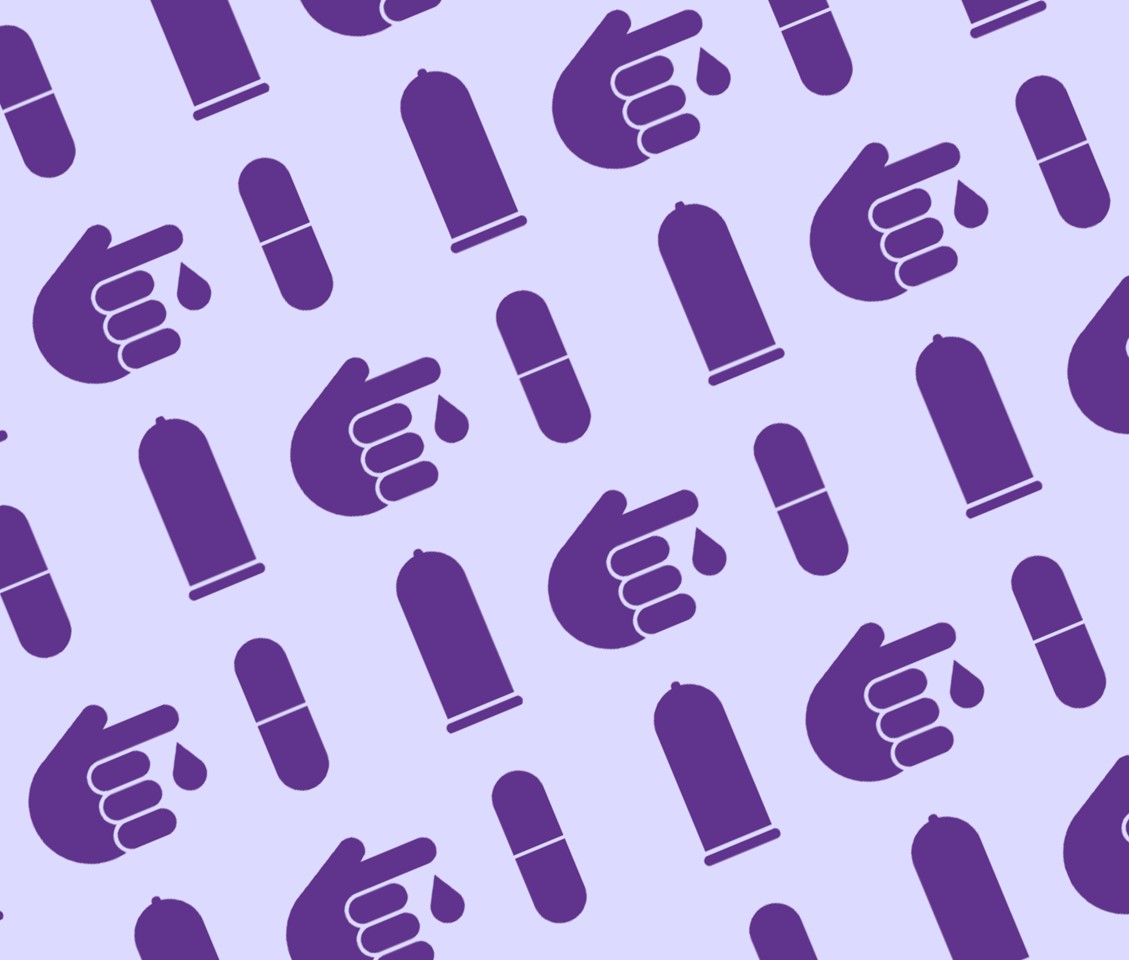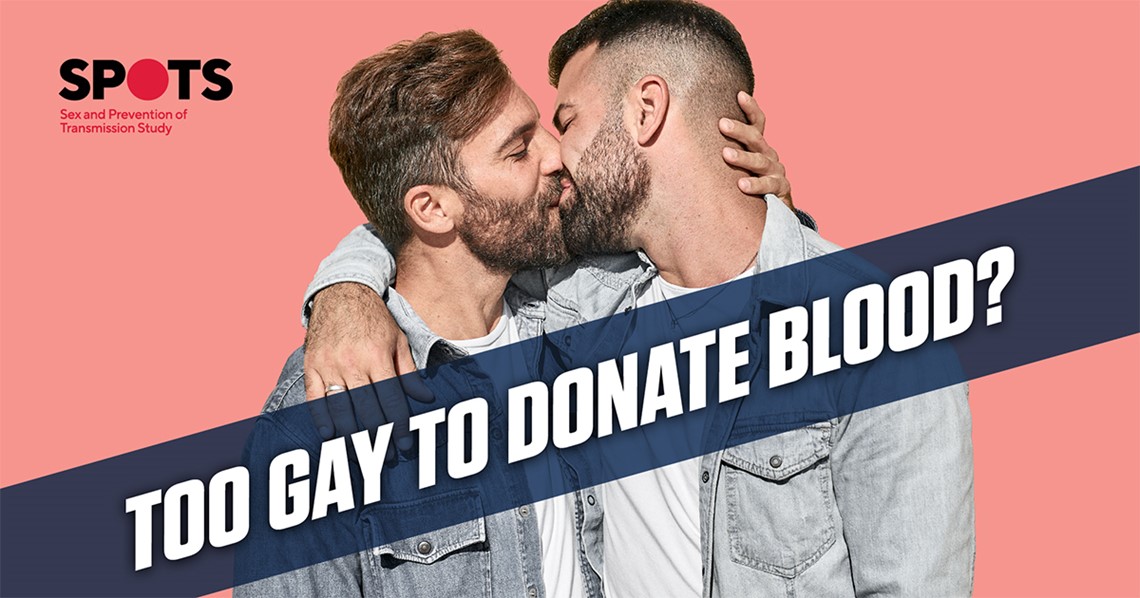New HIV cases in Aotearoa lowest since the late 1990s
The latest data from AIDS Epidemiology Group (AEG) shows an encouraging trend of substantial decrease in new HIV diagnoses in Aotearoa. In 2021, 112 people were diagnosed with HIV in Aotearoa New Zealand. This is another substantial decrease from last year's numbers, and the lowest figure in two decades.
This is certainly exciting news and shows that HIV combination prevention works!
The latest HIV statistics from the University of Otago AIDS Epidemiology Group are very encouraging, despite some uncertainties around COVID-19 impacts on HIV testing numbers. Of the 112 people, 67 were first diagnosed in Aotearoa, and 43 were reported to have acquired HIV locally – the lowest since the late 1990s.
For the first time since the beginning of reporting, zero deaths from AIDS have been reported in Aotearoa. While we need to remain very cautious in celebrating this number yet due to reporting delays, this is an encouraging early finding.
This is certainly a significant decline among cases acquired in Aotearoa, so it appears we remain on track to ending local HIV transmissions!
Testing, Treatment & Prevention is Working


The number of locally acquired infections among gay, bisexual and other men who have sex with men (MSM) has continued to decrease; in 2021, it was 43% lower than the previous year and is the lowest number since 2001.
This is particularly encouraging as MSM are the group most disproportionately affected by HIV in Aotearoa.
We believe we are seeing the continued impact of local HIV prevention methods such as
- PrEP (pre-exposure prophylaxis),
- The use of condoms, and
- HIV testing that allows for people to be diagnosed early and access medication to live healthy lives without the risk of passing HIV to their sexual partners (see U=U).
Once again, we have a sign that we are starting to halt the epidemic, and we need to keep going. Now is not the time to relax our efforts!
We must build on the heightened awareness of public health in light of COVID-19 to ensure all New Zealanders understand HIV prevention and the realities of HIV stigma, so that Aotearoa can continue to be a world leader in infectious disease responses.

HIV transmissions continue to disproportionately affect gay and bisexual men.
Despite the decrease in number of new HIV infections, gay and bisexual men are still disproportionately affected.
Of the 112 new HIV notifications in New Zealand in 2021, 70 were gay, bisexual and other men who have sex with men. In 2021, 41 MSM were first diagnosed with HIV in New Zealand and 29 had previously been diagnosed overseas.
While gay and bisexual men account for only approximately 2.5% of New Zealand's population, they are consistently over-represented in HIV diagnoses. There are three clear reasons for this.
Recent research shows that gay and bisexual men continue to have population rates of HIV that are over 348 times higher than heterosexual people in Aotearoa!
The most significant decreases in number of new infections have been seen among European gay and bisexual men. Meanwhile, the numbers for other ethnic groups have remained relatively stable. In 2021, 8 Māori gay and bisexual men were diagnosed in New Zealand, and 7 of them were thought to have acquired HIV locally, compared to an average of 10.2 for the preceding 5 years.
This means we must do a better job of ensuring equitable access to the benefits of combination HIV prevention in Aotearoa.
Moving Forward
As the HIV incidence rate decreases, we need more sophisticated data to tailor our response and improved investment to maintain the momentum. This is essential to ensuring equitable access to combination prevention and to keeping us on track to ending local HIV transmission.
Together with our communities, we must continue the mahi, as inaction could reverse these trends!
To learn more about HIV prevention among MSM, we have partnered with the University of Auckland and other agencies in an ambitious research project SPOTS: Sex and Prevention Of Transmission Study. The SPOTS survey has now closed, but results are expected to come out in February 2023.

The study consists of two main components:
1.) An online survey about safe sex, and;
2.) An optional dried blood spot obtained via fingerprick, using a free kit that is mailed directly to your home.
After the survey (now closed), the researchers will work to combine that data to estimate the number of people who are living with undiagnosed HIV, syphilis, and Hepatitis C, as well as providing behavioural information about our community that will help us bring the numbers down even further.
Findings from SPOTS will allow us to know if we are on track to end local transmissions of HIV by 2025.
The recent numbers indicate an exciting trend, solidifying our mission to end HIV transmissions in Aotearoa by 2025. However, a robust and continued effort is still needed to maintain this decline. We must continue to promote condom use, PrEP and PEP, and regular testing to detect HIV early to support newly diagnosed people to achieve an undetectable viral load.
Though the data is a cause to celebrate, our kaupapa remains unchanged and our mahi continues.
This data is available thanks to the work of the AIDS Epidemiology Group (AEG), based in the Department of Preventive and Social Medicine at the University of Otago. Since 1989 it has been responsible for national surveillance of AIDS and HIV infection in New Zealand.
To read the full epidemiological data or see more year-on-year information, head to AEG epidemiological surveillance and take a look at their yearly newsletters.



